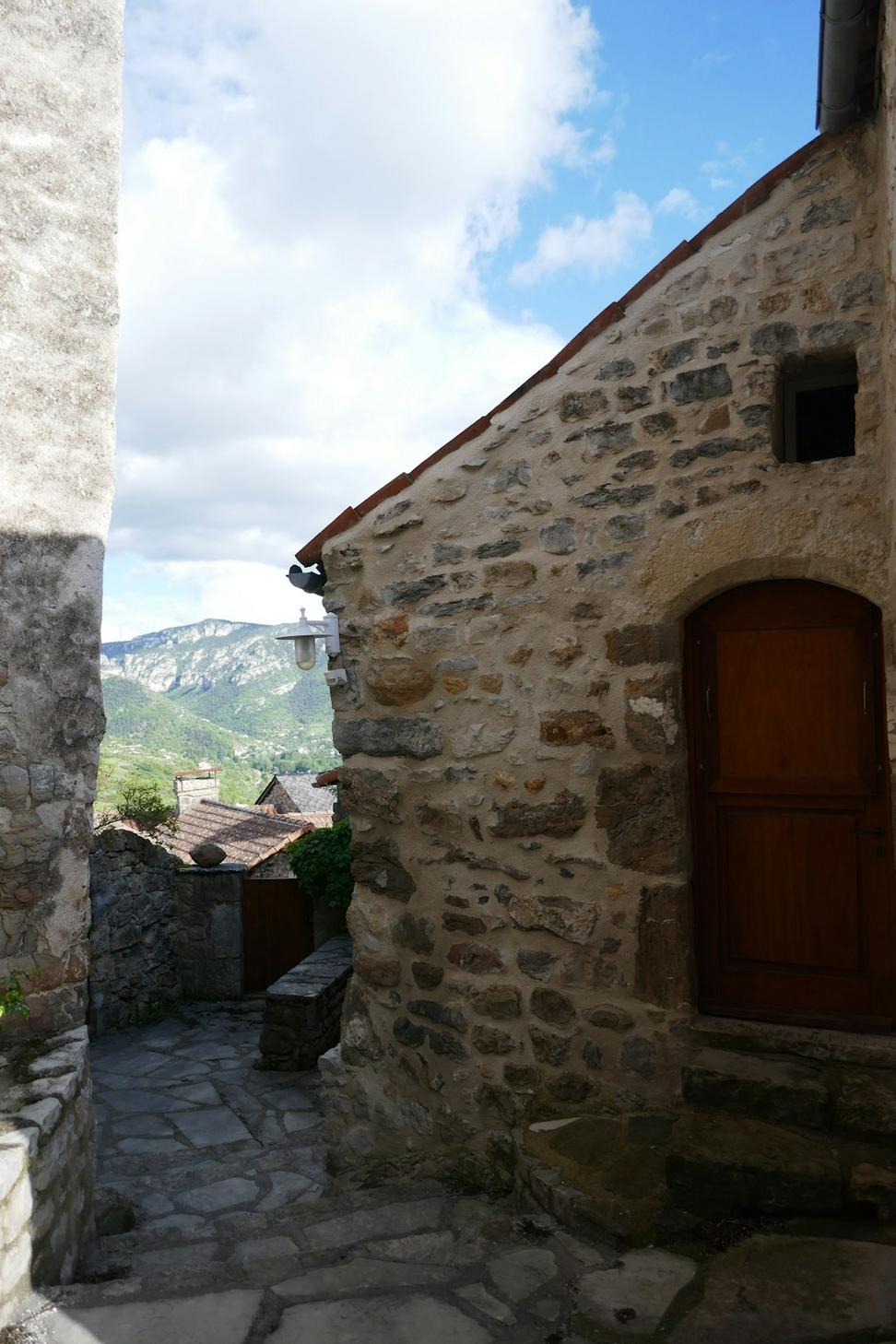Residential Design
Look, designing a home in sub-zero temps isn't your typical gig. We've done everything from compact alpine cabins to sprawling family estates that need to handle six months of snow.
What matters most? Orientation - you'd be surprised how much difference a 15-degree rotation makes when you're trying to catch that winter sun. Then there's insulation (obviously), but it's about smart layering, not just throwing R-value at the problem.
We also think about how you'll actually live here. Mudrooms aren't optional - they're essential. Same with radiant floor heating. You want to walk barefoot in January? Trust me, you do.
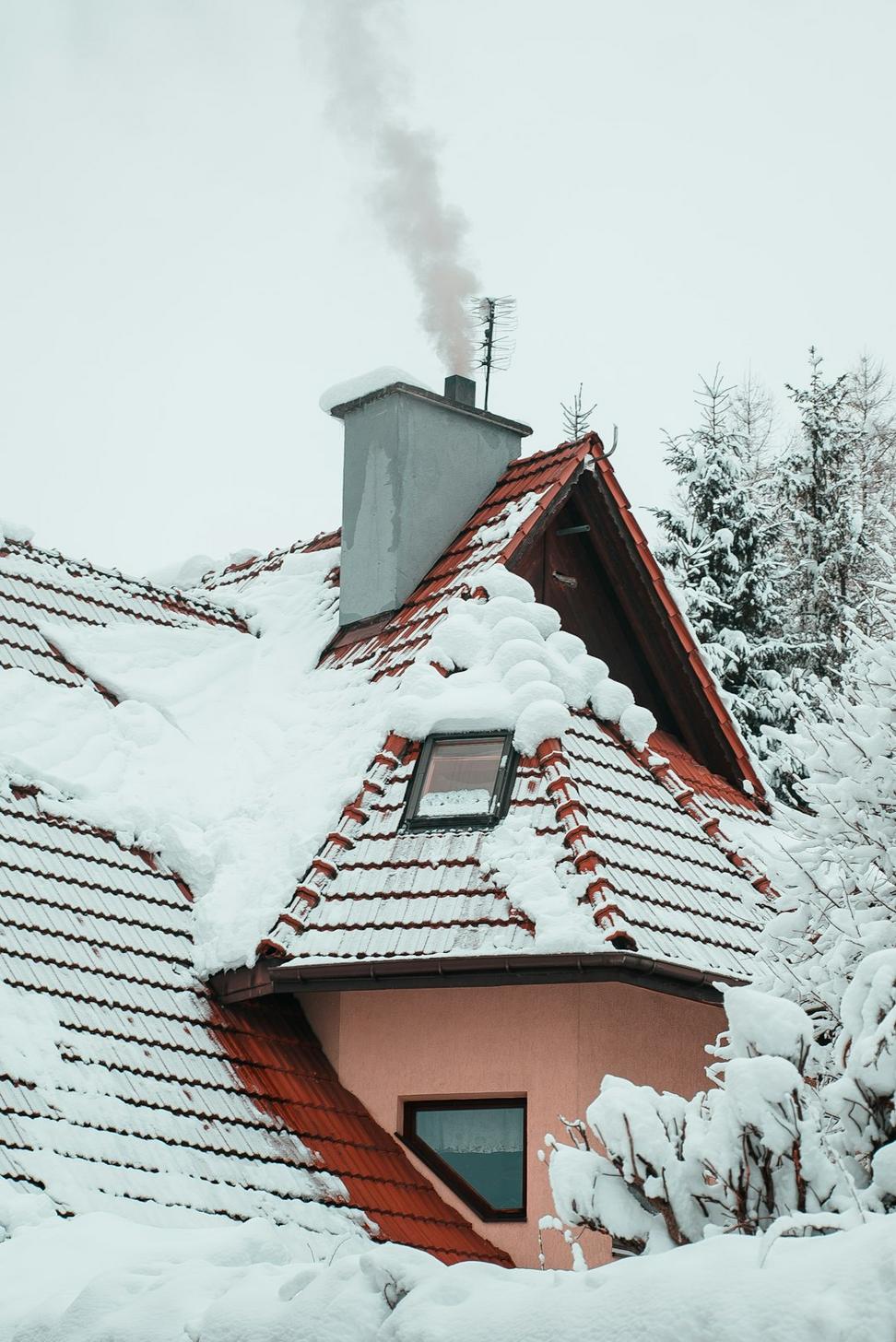
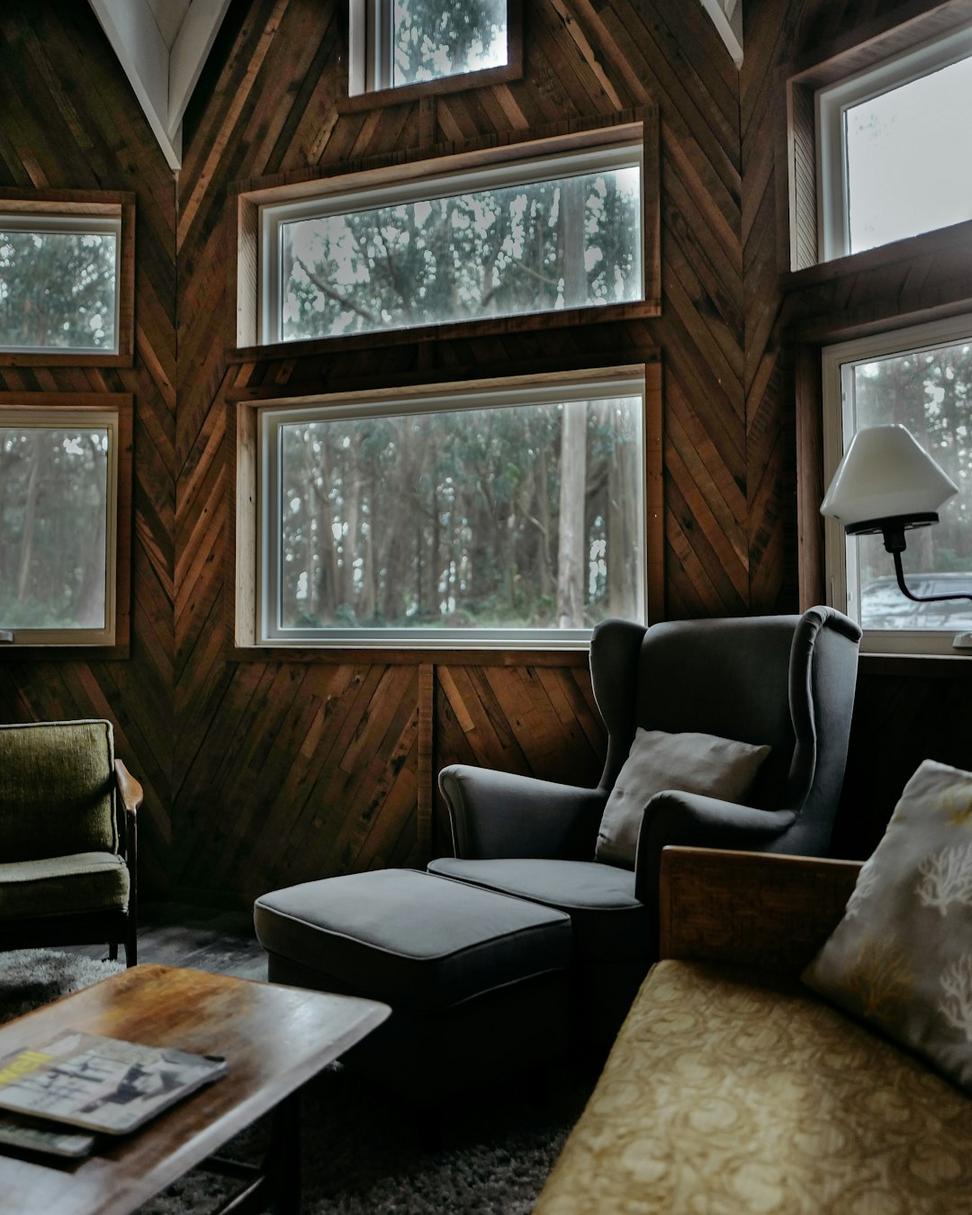
Commercial Architecture
Commercial projects up here have their own quirks. Your roof needs to shed snow without dumping it on customers. Your HVAC bill can make or break your bottom line. And everyone expects that mountain aesthetic, but it's gotta be functional first.
We've designed ski lodges, restaurants, retail spaces, and office buildings where the heating doesn't fight the windows. The trick's in creating spaces that feel warm and inviting even when it's -20 outside.
Plus, there's the shoulder season problem - buildings need to work just as well in summer. That means smart ventilation, good shading strategies, and materials that handle temperature swings without falling apart.
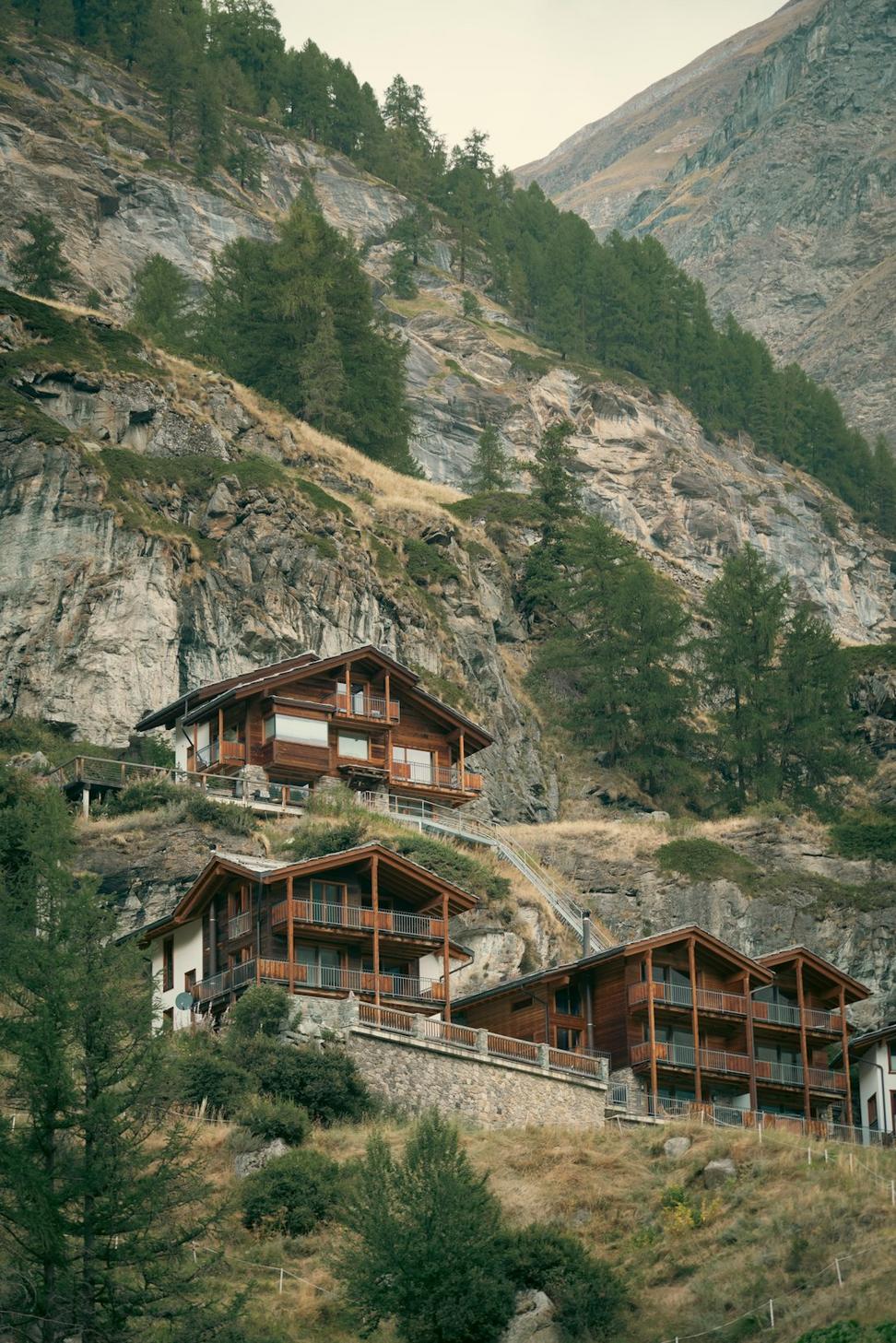
Sustainable Building Consulting
Sustainability in arctic climates is honestly different from what you'd do in Vancouver or Toronto. We can't just copy-paste green building strategies from milder zones - what works there might actually hurt efficiency here.
We help other architects and builders figure out what actually makes sense. Sometimes it's geothermal (but not always - the ground freezes deep). Sometimes it's triple-pane windows (though there's diminishing returns). Often it's just being really thoughtful about thermal bridging.
Our consulting covers energy modeling, material selection, passive design strategies, and certification processes if you're going for LEED or Passive House. But we're practical about it - green building that bankrupts the client isn't sustainable.
Winter-Climate Construction
Construction management in winter conditions is its own specialty. You can't pour foundation in January the same way you would in July. Concrete doesn't cure right when it's freezing. Wood moves differently. Everything takes longer.
We've learned through trial and error (okay, mostly error at first) how to sequence projects so you're not fighting the weather. Sometimes that means pushing certain phases to summer. Sometimes it means heated enclosures. Always means better planning.
We work with contractors who get it - folks who know that a two-hour work window between storms means you better have everything ready to go. Site logistics matter way more when you're plowing access roads every other day.
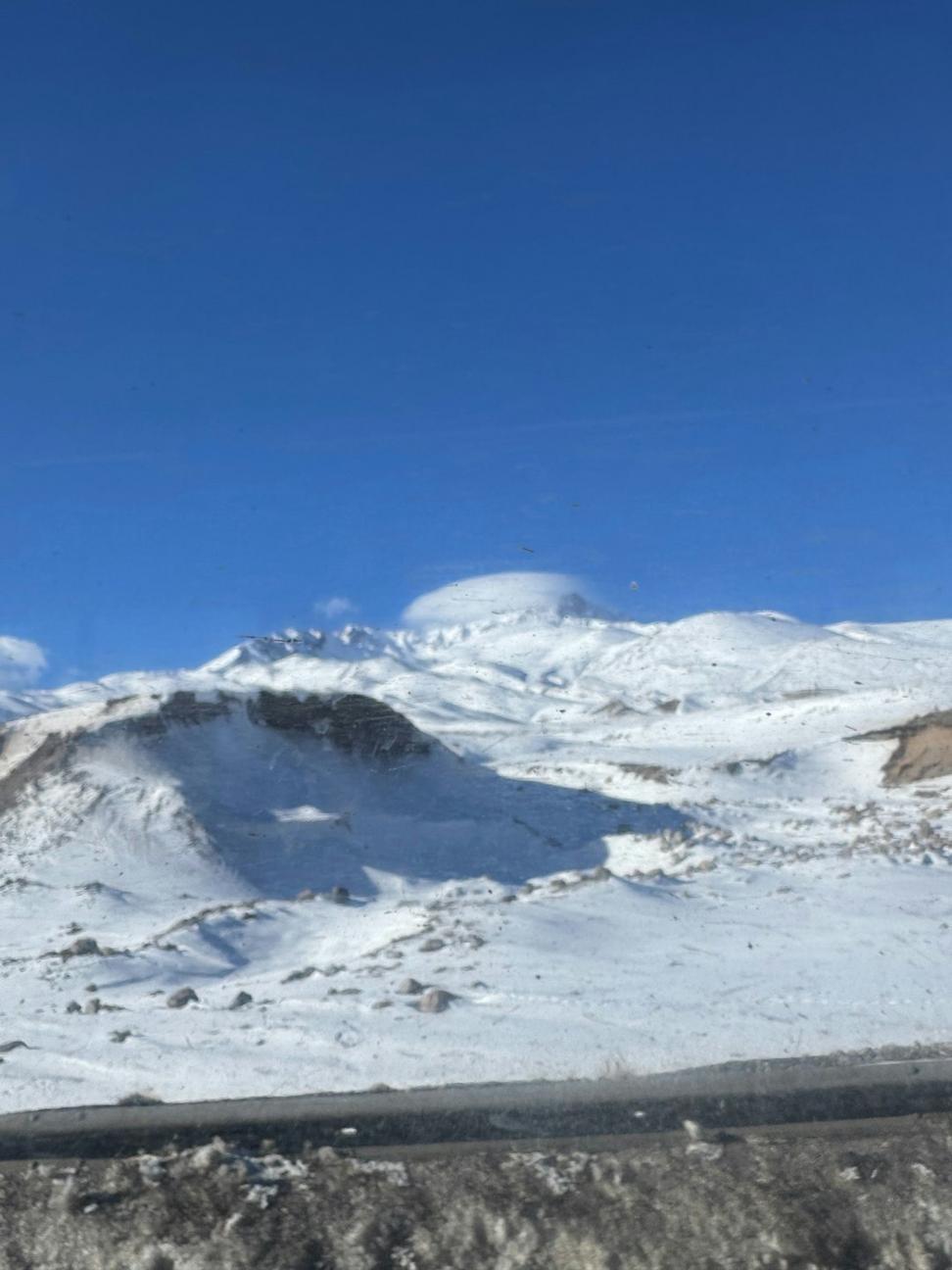
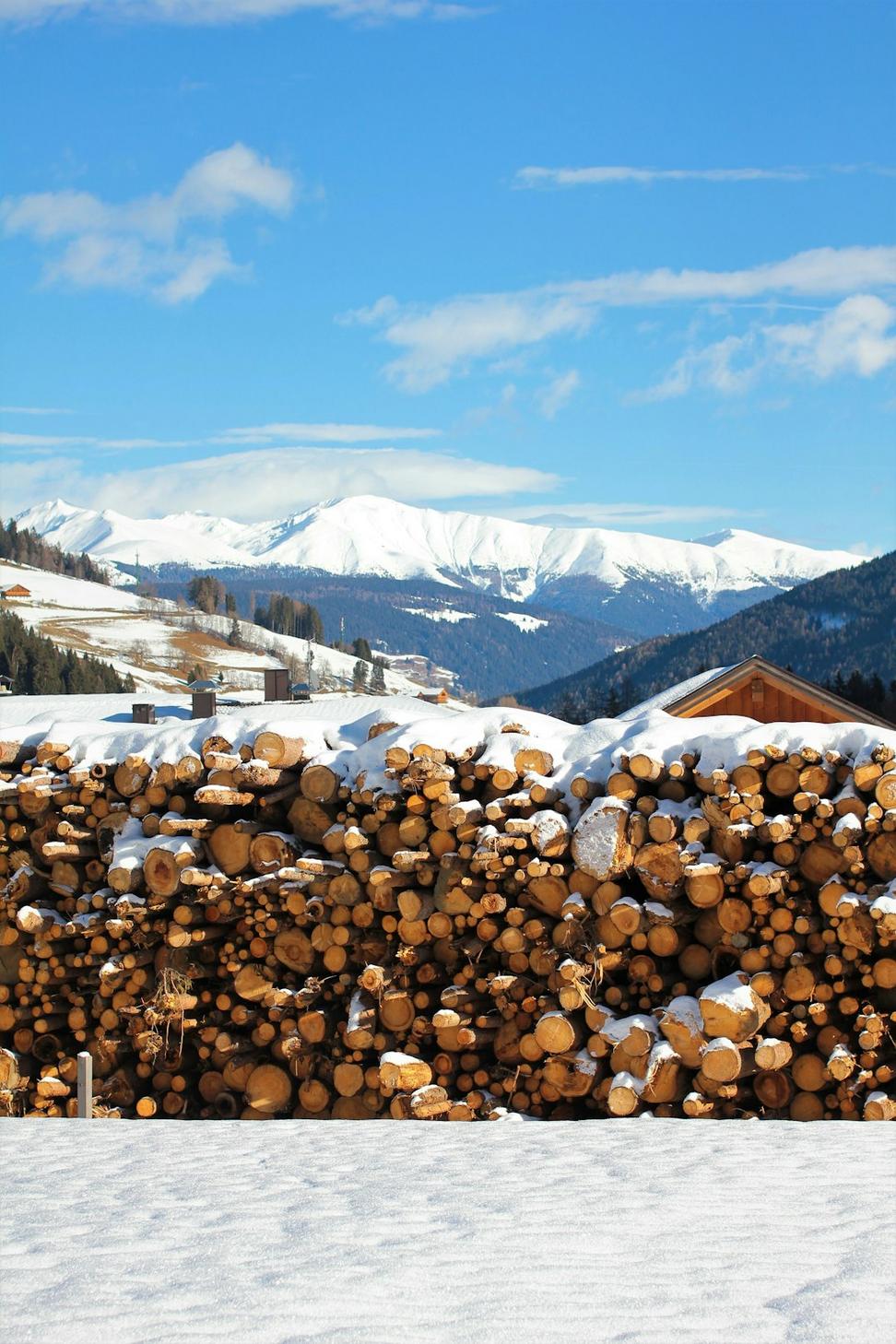
Interior Space Planning
Interior layouts in cold climates need different thinking. You want your living spaces facing south to catch that precious winter light. Bedrooms can handle north-facing - you're sleeping anyway. But where you spend your waking hours matters.
We're also big on creating zones. Not every room needs to be 22 degrees all the time. Guest rooms, storage areas, even some hallways can run cooler. That's not being cheap - it's being smart about energy.
And honestly, people underestimate how much furniture placement matters. You don't want your favorite reading chair right next to a window, even a good one. We think about circulation patterns, sight lines, and how natural light moves through spaces across seasons.
Heritage Building Restoration
Whistler's got history, even if it's not centuries old. Buildings from the 60s and 70s have character but they're energy sieves. Restoring them without destroying what makes them special is delicate work.
The challenge is upgrading systems and envelopes while respecting original design intent. Sometimes that means hidden insulation layers. Sometimes it's finding period-appropriate windows that actually perform. Always it's about balancing preservation with livability.
We've worked with heritage committees and building owners to bring old structures up to modern standards. It's slower than new construction, sometimes more expensive, but there's something satisfying about giving these buildings another few decades of life.
